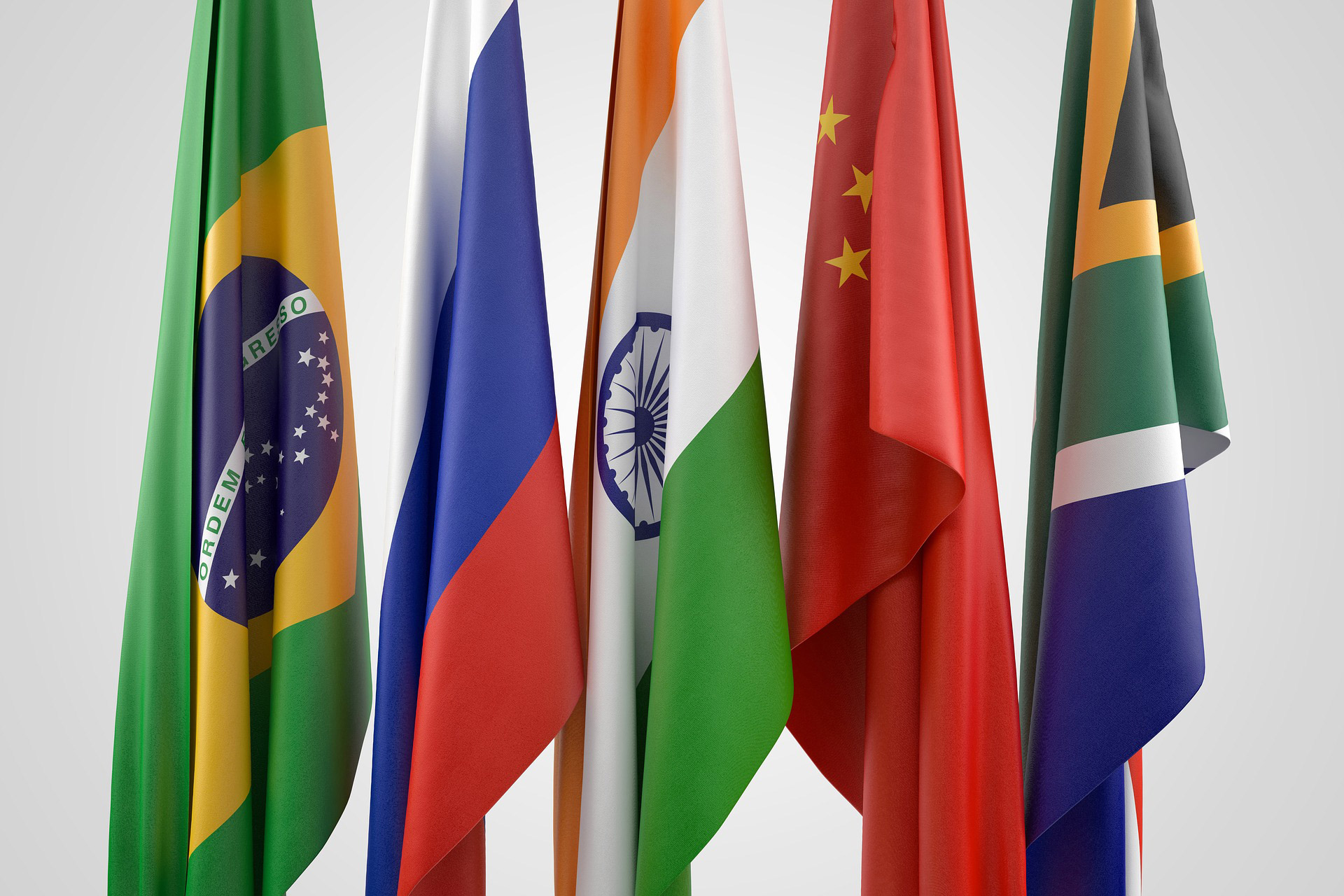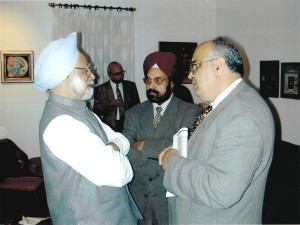After a two colorless and ineffectual prime ministers, the rise of Atal Behari Bajpai in 1998 had been a breath of fresh air. He is articulate, forceful and not an effete socialist of the congress ilk. He made a fundamental break from the past when he led India onto the world stage with a nuclear bang. His reaching out to Pakistan with Lahore bus diplomacy and later his leadership during Kargil war made every Indian proud. Though he belongs to the Sangh Parivar and is a leader of BJP which espouses Hindutva as its core philosphy, his leadership by and large has been positive and uplifting. This was so in spite of the occasional mischief by Parivar minions against minorities. Even on the economic front his leadership, though not spectacular, had been good enough to keep country moving forward. Telecom liberalization and accelerated privatization of the public sector units are likely to provide a major boost to the economy soon.
It is under this backdrop, comments made by him in Goa at the party enclave are unfortunate, to say the least. Coming on the heel of riots in Gujarat where over a thousand Muslims have been killed, and over a hundred thousand have been rendered homeless in a retributive vigilante justice, they have sounded a discordant note that is totally out of tune with the need of the time. Also, casting a slur on the whole people because of the acts of a few is very unbecoming for the prime minister of the great nation. It is discouraging to see this happen at this time when Indian democracy is finally beginning to blossom and focus on economic growth. India is finally getting the recognition as a pluralistic democracy that has achieved maturity and confidence and is on its way to achieving the prosperity for its masses within a generation or two. Faltering leadership at this time by the prime minister can only hurt and is likely to take focus away from the economic imperatives. That may prove to be disastrous for the nation and may set us back several years.
India needs to fixate on China. Starting at roughly same place in mid seventies, China has raced ahead. Chinese per capita income is double that of India already. China, moreover, is outgrowing India at about 3% per capita per year. At that rate, an average Chinese will be producing four times as much as an average Indian. That spells disaster for India, as China is not likely to be friendly power. China has already used Pakistan as a low cost way to distract India. Now is not the time for unproductive misadventures. If India is to catch up with China, or at least not fall too far behind, it needs to boost its growth rate to 10%. What is needed is, a leader who provides an even sharper focus on economy and pushes for faster liberalization and not allow unnecessary and unproductive adventures.
Prime minister will do well to remember that partition did not produce a Muslim nation and a Hindu nation. India chose to be a secular democracy. India is too diverse to be any thing else. After 44 years of meandering, India finally set sail in the right direction in 1991. Economic liberalization and emergence of free electronic media in India has invigorated the Indian democracy. Frequent change of power through electoral process in 90’s has shown how deep-rooted democracy has become. Now is not the time to look back and undo the gains in the name of imagined past glories or settle scores for past slights.
Spontaneous rise of a world class IT industry in India has given a great boost to the self-confidence of Indians. The earlier sense of hopelessness has given way to new hope; we can compete with the best and the brightest in the world in a sunrise industries. But it is not enough, we need to get going and build a world class manufacturing industry in India. We need to set a goal of producing 10 million new jobs a year. A lot needs to be done to build the infrastructure. Power sector needs to be reformed. Free markets need to be introduced in agriculture. We need to eliminate illiteracy; we need to build hundred more IIT’s.
We need a steadier hand at the wheel, now is not the time for faltering. Is prime minister up to the challenge? I had assumed he was until recently.




